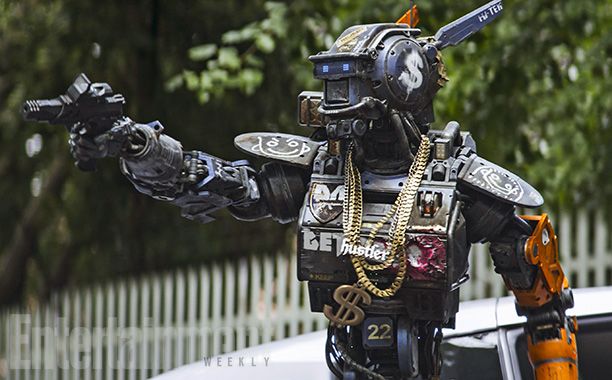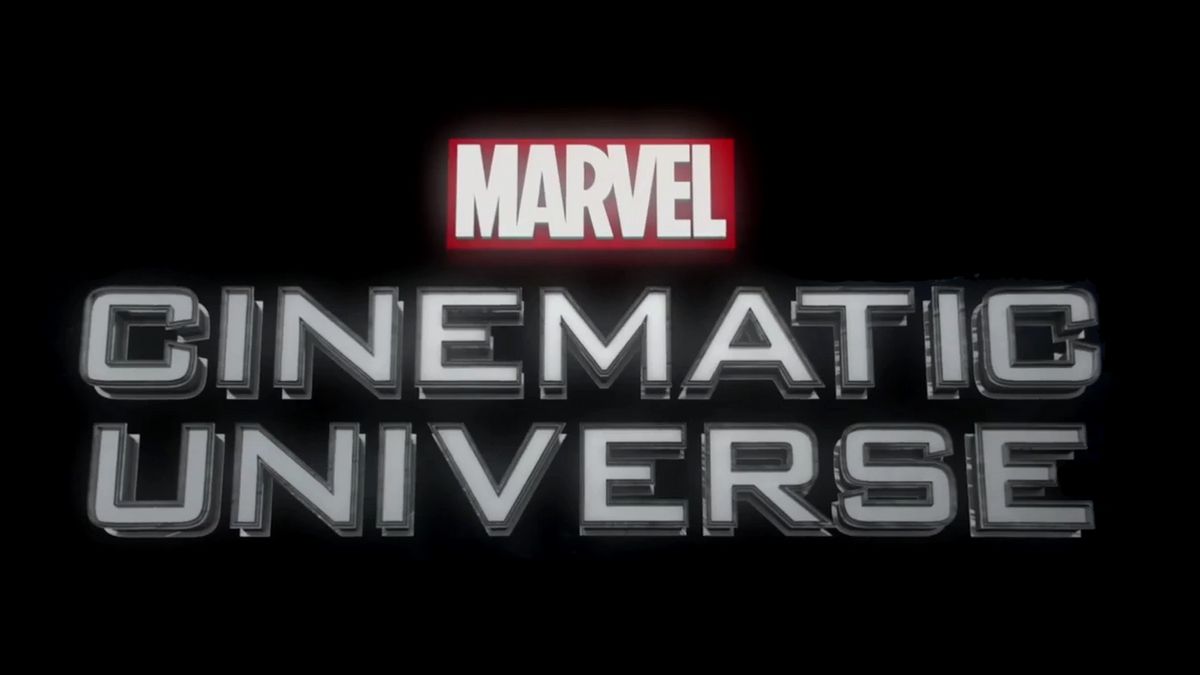
The Marvel Cinematic Universe (MCU) stands as an unparalleled phenomenon in modern entertainment, a sprawling narrative tapestry woven across dozens of films and series that have captivated a global audience. Grossing over $32.4 billion at the global box office from 37 films, it has cemented its status as the highest-grossing film franchise of all time. This monumental achievement is not merely the result of compelling superhero stories; it is the culmination of an audacious, long-term strategic vision that has redefined how studios approach franchise development and talent engagement.
At its core, Marvel Studios has masterfully engineered a unique ecosystem designed for enduring continuity and sustained creative output. This ecosystem, characterized by meticulous planning and strategic partnerships, has allowed the studio to build a universe where characters and their stories evolve over decades. It’s a testament to a structural integrity that goes far beyond individual film cycles, creating a framework that inherently fosters prolonged involvement from its creative and performing talent.
This in-depth analysis will peel back the layers of Marvel Studios’ operational blueprint, examining the core strategies that have enabled the MCU to flourish as a multi-decade enterprise. From the foundational creative directives to complex distribution agreements and the strategic integration of its star talent, we will explore the mechanisms that have established Marvel as an industry titan, one whose influence reverberates across Hollywood’s past, present, and future.
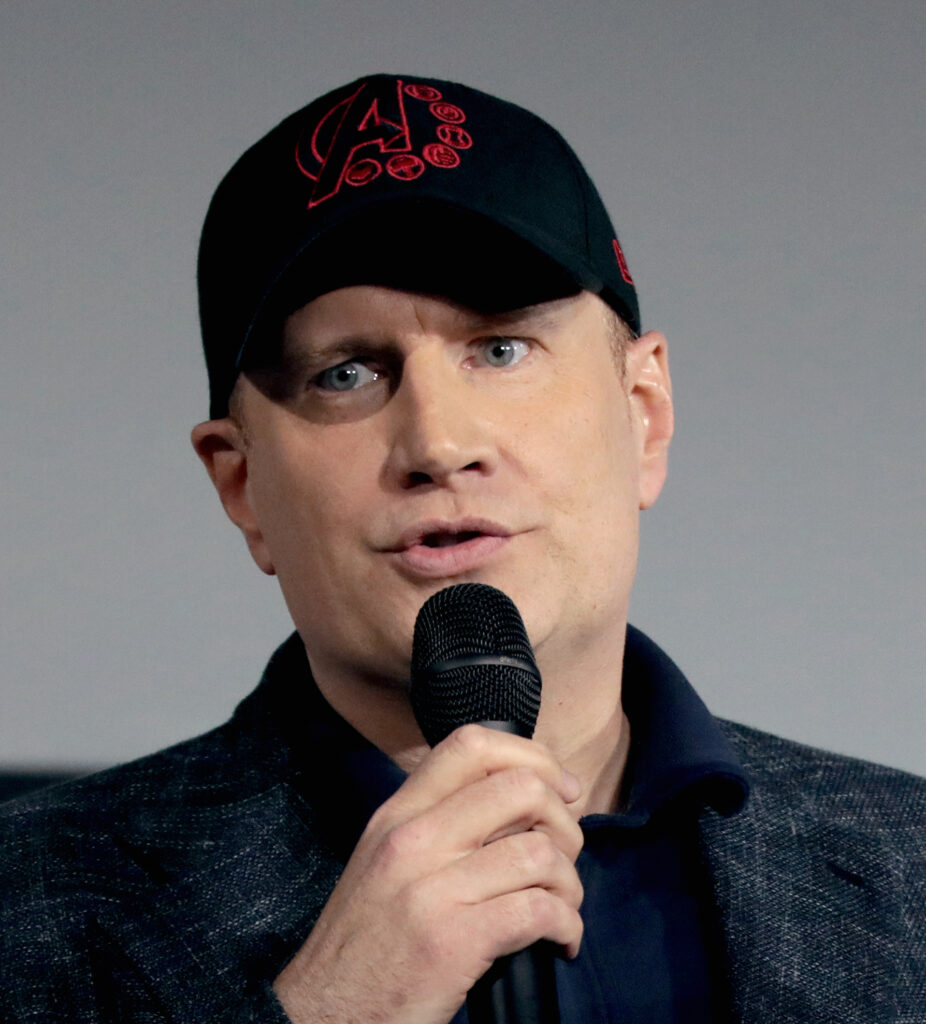
1. The Foundational Vision: Kevin Feige’s Master Plan
At the heart of the Marvel Cinematic Universe’s unprecedented success lies the unwavering vision of Marvel Studios president Kevin Feige. Since 2007, when the films began production, Feige has produced every film in the franchise, serving as the primary architect of this intricate shared universe. His early insight was instrumental in conceiving a cohesive media universe of Marvel properties, laying the groundwork for what would become an entertainment juggernaut.
Feige’s strategic thinking was evident from the outset, as Marvel planned to release individual films for their main characters and then merge them in a crossover film, a model that directly led to the original *The Avengers* movie. By November 2013, he articulated a rhythm for releases, ideally including “one film based on an existing character and one featuring a new character” each year. While this wasn’t always strictly adhered to, as seen with sequels like *Iron Man 3* and *Thor: The Dark World* in 2013, it underscored a conscious effort to balance established fan favorites with fresh introductions.
This forward-thinking approach extended to managing potential “superhero fatigue.” Feige countered this concern by emphasizing the unique qualities that differentiated each film, even within the Marvel Studios banner. He noted how *Captain America: Civil War* and *Doctor Strange* in 2016 were “completely different movies,” demonstrating a commitment to variety. The studio consistently aimed to “surprise audiences and ‘not [fall] into things becoming too similar’,” a principle that has been crucial in sustaining interest over many years and numerous installments.

2. The Phased Approach: A Blueprint for Continuity
A cornerstone of Marvel Studios’ long-term narrative strategy is its distinctive “Phases” system, a structured grouping of films that guides the audience through overarching sagas. This innovative approach provides a clear framework for story progression, allowing for both individual character development and grand, universe-altering events. The initial three Phases—Phase One (2008–2012), Phase Two (2013–2015), and Phase Three (2016–2019)—were collectively known as “The Infinity Saga.”
Phase One established the foundational heroes, culminating in the crossover film *The Avengers* (2012). Phase Two expanded the universe with films like *Guardians of the Galaxy* (2014) and *Avengers: Age of Ultron* (2015). Phase Three, described by director Joe Russo as the “deconstruction Phase” of the MCU, beginning with *Civil War* and leading into “the culmination films” of *Avengers: Infinity War* (2018) and *Avengers: Endgame* (2019), provided a definitive narrative arc. This structure created anticipation, guiding audiences through a prolonged, interconnected journey.
Following the conclusion of “The Infinity Saga” with *Avengers: Endgame*, Marvel Studios embarked on a new era with “The Multiverse Saga,” encompassing Phase Four (2021–2022), Phase Five (2023–2025), and the upcoming Phase Six (2025–2027). This new saga introduces fresh narratives and characters while continuing to build upon the established universe. The deliberate segmentation into Phases and Sagas demonstrates an intricate, long-term storytelling commitment, allowing the studio to manage a vast array of characters and plotlines without overwhelming the audience, ensuring sustained engagement for years to come.

3. Strategic Distribution Partnerships: Securing the Global Reach
The massive global reach of the Marvel Cinematic Universe is, in part, a testament to a series of strategic and evolving distribution partnerships. Initially, Marvel Entertainment had begun planning to produce its own films independently and distribute them through Paramount Pictures, securing funding from a $525 million revolving credit facility with Merrill Lynch in June 2007. This led to Paramount distributing early hits like *Iron Man* (2008) and *Iron Man 2* (2010), alongside *Thor* (2011) and *Captain America: The First Avenger* (2011).
However, the distribution landscape shifted significantly with Universal Pictures handling *The Incredible Hulk* (2008), an arrangement separate from the Marvel’s 2005 deal with Paramount. The pivotal change occurred in late December 2009, when The Walt Disney Company purchased Marvel Entertainment for $4 billion. Subsequently, in October 2010, Walt Disney Studios acquired the distribution rights for *The Avengers* and *Iron Man 3* from Paramount. By July 2013, Disney further solidified its control by purchasing the distribution rights to *Iron Man*, *Iron Man 2*, *Thor*, and *Captain America: The First Avenger* from Paramount, establishing Walt Disney Studios Motion Pictures as the sole distributor for all subsequent Marvel Studios films, effectively centralizing their major cinematic output.
The case of *The Incredible Hulk* remained unique for a longer period, due to an agreement between Marvel and Universal, where Marvel owns the film rights and Universal owns the distribution rights, for this film as well as the right of first refusal to distribute future Hulk films. This situation persisted until June 2023, when the distribution rights for *The Incredible Hulk* finally reverted from Universal back to Marvel Studios and Disney. This series of intricate deals highlights the complex web of negotiations and acquisitions that underpin the MCU’s ability to reach audiences worldwide and consolidate its creative and commercial control.
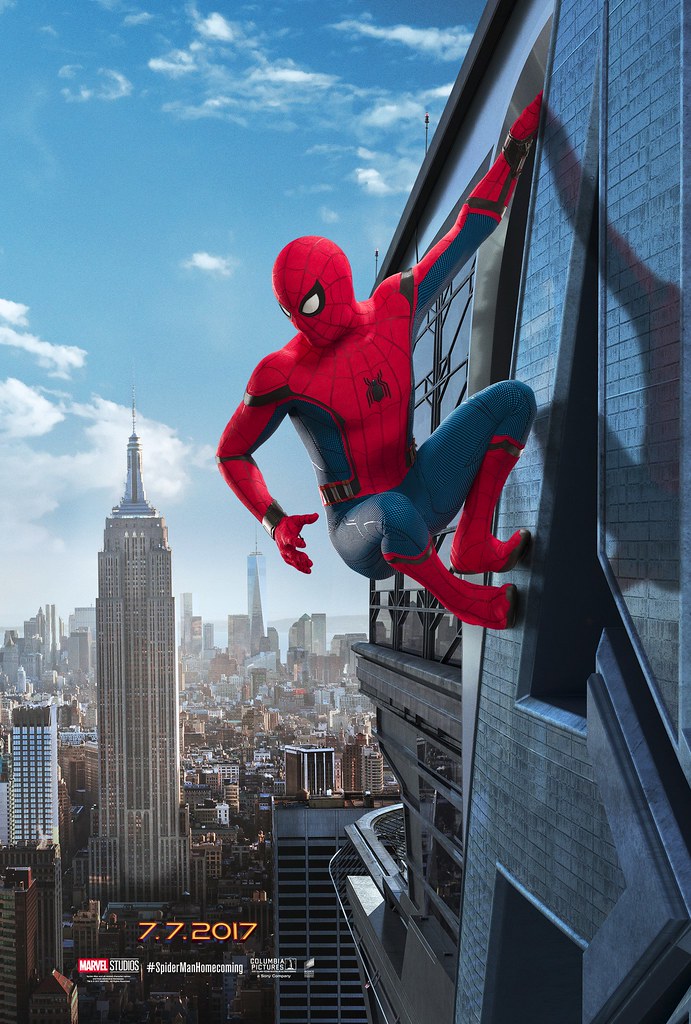
4. The Spider-Man Conundrum: A Landmark Licensing Agreement
One of the most complex yet ultimately successful distribution arrangements in the MCU’s history involved the integration of Spider-Man, a character whose film rights were held by Sony Pictures Entertainment. In February 2015, Sony Pictures Entertainment and Marvel Studios announced a licensing deal that would allow Spider-Man to appear in the Marvel Cinematic Universe. This agreement saw the character’s debut in *Captain America: Civil War*, a moment that thrilled fans worldwide.
Under this unique arrangement, Spider-Man films produced by Marvel Studios continued to be financed, distributed, and controlled by Sony Pictures. This collaborative model involved a nuanced financial structure: a 2011 deal had seen Marvel gain full control of Spider-Man’s merchandising rights in exchange for a one-time payment of $175 million to Sony and paying up to $35 million for each future Spider-Man film, and forgoing receiving their previous 5% of any Spider-Man film’s revenue. The new agreement made an adjustment, reducing Marvel’s $35 million payment to Sony if *Spider-Man: Homecoming* grossed more than $750 million, while Marvel Studios still received 5% of first dollar gross for the film and Sony also paid Marvel Studios an undisclosed producer fee for *Homecoming*.
Despite initial reports in August 2019 that Disney and Sony had reached an impasse over future Spider-Man films—with Disney reportedly seeking a “50/50 co-financing arrangement”—a new agreement was ultimately announced in September 2019. This new deal allowed Spider-Man to appear in *Spider-Man: No Way Home* (2021) as the third film co-produced by Marvel Studios and Sony Pictures and a future Marvel Studios film, with Disney co-financing 25% of the film in exchange for 25% of the film’s profits, while retaining the merchandising rights to the character. This intricate negotiation illustrates the strategic importance of character integration and the complex deals required to maintain continuity across studio boundaries, ensuring Spider-Man’s enduring presence in the MCU for years to come.
5. Long-Term Planning: A Seven-Year Horizon and Beyond
Marvel Studios’ ability to sustain a multi-decade cinematic universe is intrinsically linked to its ambitious and meticulously detailed long-term planning. This foresight, primarily spearheaded by Kevin Feige, involves mapping out future narratives and character arcs years in advance, providing a robust framework for consistent story development. As early as November 2013, Feige discussed the ideal rhythm of releases, and by July 2014, multiple release dates for films through 2019 had already been revealed.
Feige elaborated in September 2015 that “broad strokes” and occasionally “super-specific things” are determined far in advance, ensuring enough leeway “to sway and to move and to go and to surprise ourselves in places that we end up.” This adaptive planning includes contingency measures, such as plans for when a specific actor might not be available or, notably, the unexpected opportunity to reacquire film rights for Spider-Man becoming available in February 2015. This blend of rigid planning and flexible adaptation is crucial for managing such a vast and evolving narrative.
The scope of this forward-thinking is truly staggering. In July 2025, Feige confirmed that the studio had a “seven-year plan through 2032 with potential films on magnets which could be moved around.” Furthermore, after “The Multiverse Saga,” the next MCU saga is “expected to center on characters that Marvel Studios inherited during the acquisition of 21st Century Fox by Disney, including the X-Men.” Feige reportedly had a “10-year plan for the X-Men in the MCU” by then, highlighting an unprecedented commitment to building interconnected stories for decades into the future. This strategic horizon demonstrates a level of confidence and long-term vision rarely seen in the unpredictable world of Hollywood blockbusters.

6. The Power of Recurring Cast: Anchoring the Universe
A critical component in Marvel Studios’ strategy for building a multi-decade cinematic universe is the consistent engagement of a core group of actors who reprise their roles across numerous films and phases. This recurring cast serves as the very anchor of the MCU, providing continuity and emotional resonance that allows audiences to connect with characters and their journeys over prolonged periods. The context explicitly lists numerous actors who have appeared in films across multiple phases, from Phase One to Phase Six, demonstrating this deliberate strategy.
Iconic figures such as Mark Ruffalo as Bruce Banner/Hulk, Sebastian Stan as James “Bucky” Barnes, Jeremy Renner as Clint Barton/Hawkeye, and Samuel L. Jackson as Nick Fury have all traversed multiple phases, becoming synonymous with their characters. Brie Larson’s Carol Danvers/Captain Marvel, Chris Pratt’s Peter Quill/Star-Lord, and Tom Holland’s Peter Parker/Spider-Man are additional examples of stars whose presence spans significant portions of the MCU. Their sustained involvement allows for complex character arcs to unfold, building a deep sense of history within the narrative.
This strategy extends to a wide array of supporting yet essential characters, including Karen Gillan as Nebula, Anthony Mackie as Sam Wilson/Captain America, and Benedict Wong as Wong, among many others. The consistent reappearance of these actors solidifies the shared universe concept, making each new installment feel like a true continuation of a larger story rather than a standalone event. The strategic decision to foster these long-term “ties” with its talent pool is a fundamental pillar of Marvel Studios’ ability to maintain narrative cohesion and audience loyalty over the expansive lifespan of the Marvel Cinematic Universe.

7. Adaptive Production Strategies: Budget Optimization and Location Choices
As the Marvel Cinematic Universe matures, Marvel Studios proactively adapts its production strategies for both creative quality and financial efficiency. This approach is critical following significant growth and rising costs since *Avengers: Endgame*. The studio actively seeks innovative ways to optimize its operational blueprint.
A key strategic refinement involves rigorous film budget optimization. Kevin Feige confirmed diligent work to reduce these costs, which increased, partly due to the pandemic. Budgets for their 2024 and 2025 films are a substantial one-third lower than 2022 and 2023 releases. Marvel Studios even consulted *The Creator* team, known for its modest $80 million budget, to glean insights into achieving high production value with constrained resources.
Complementing budget reductions, the studio strategically re-evaluated filming locations. Marvel Studios secured a deal to shoot many upcoming films at Pinewood Studios in the United Kingdom, where previous successes were produced. This highlights a clear preference for regions offering favorable production tax credits. *The Wall Street Journal* reported a potential shift from Georgia due to rising costs, favoring the UK as a more cost-effective option for large-scale productions.
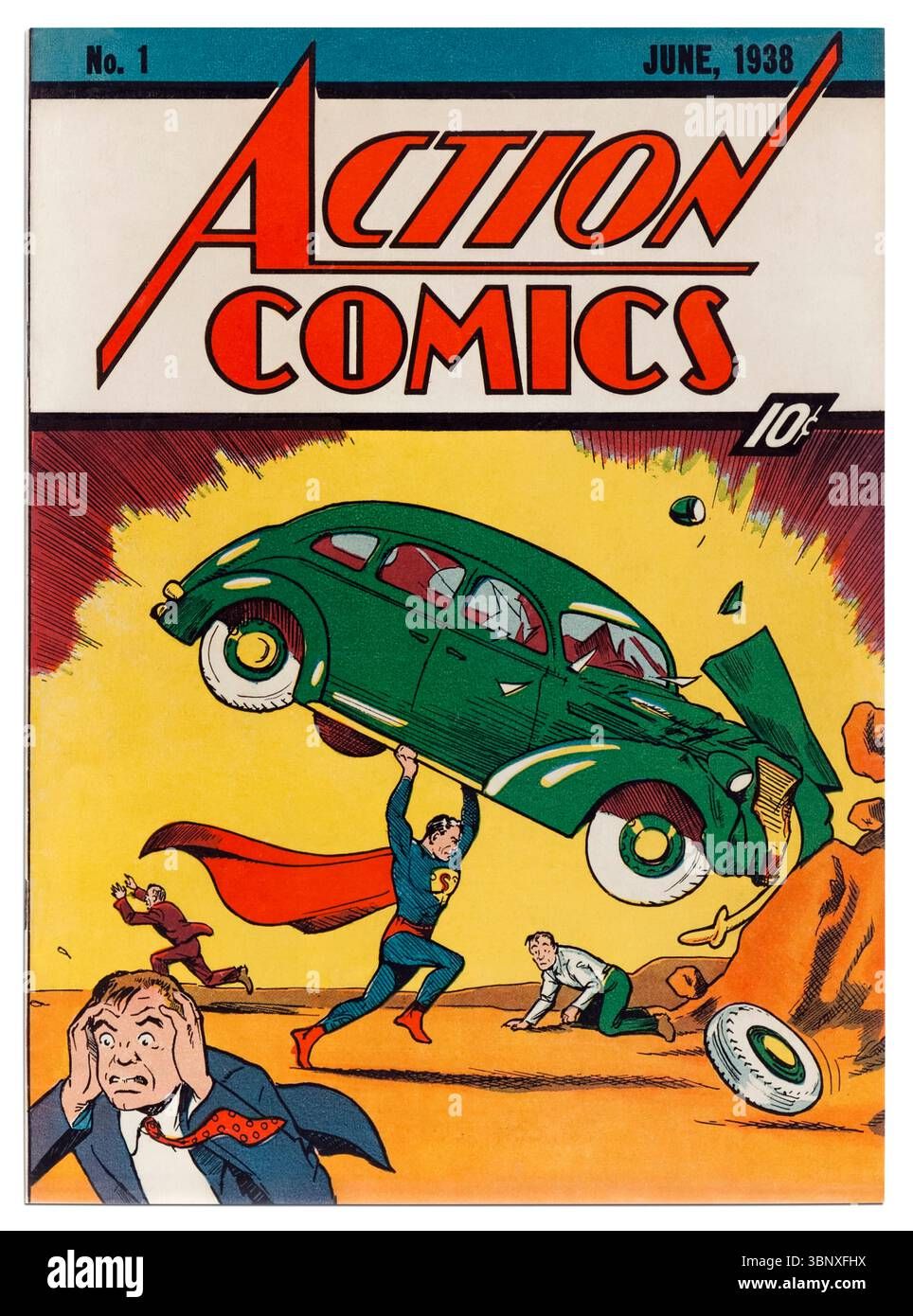
8. Balancing Sequels with New Franchises: Mitigating Audience Fatigue
“Superhero fatigue” poses a persistent challenge for long-running franchises, which Marvel Studios consistently addresses with strategic foresight. Their approach balances beloved character arcs through sequels with injecting fresh energy via new franchises. This strategy aims to keep the narrative dynamic and prevent monotony for its global audience.
From the outset, Kevin Feige envisioned an ideal release rhythm: “one film based on an existing character and one featuring a new character” each year. This underscored a commitment to variety. Disney CEO Bob Iger recently confirmed content output reduction, planning two, or at most three, Marvel films annually, down from four. This recalibration prioritizes quality over volume, ensuring each release holds significant impact.
This refined strategy directly combats audience fatigue. Feige countered early concerns by emphasizing each film’s unique qualities, noting *Captain America: Civil War* and *Doctor Strange* were “completely different movies.” The studio consistently aimed to “surprise audiences and ‘not [fall] into things becoming too similar’.” Iger highlighted *Thunderbolts*** as the “first and best example” of Marvel Studios’ refocusing efforts.
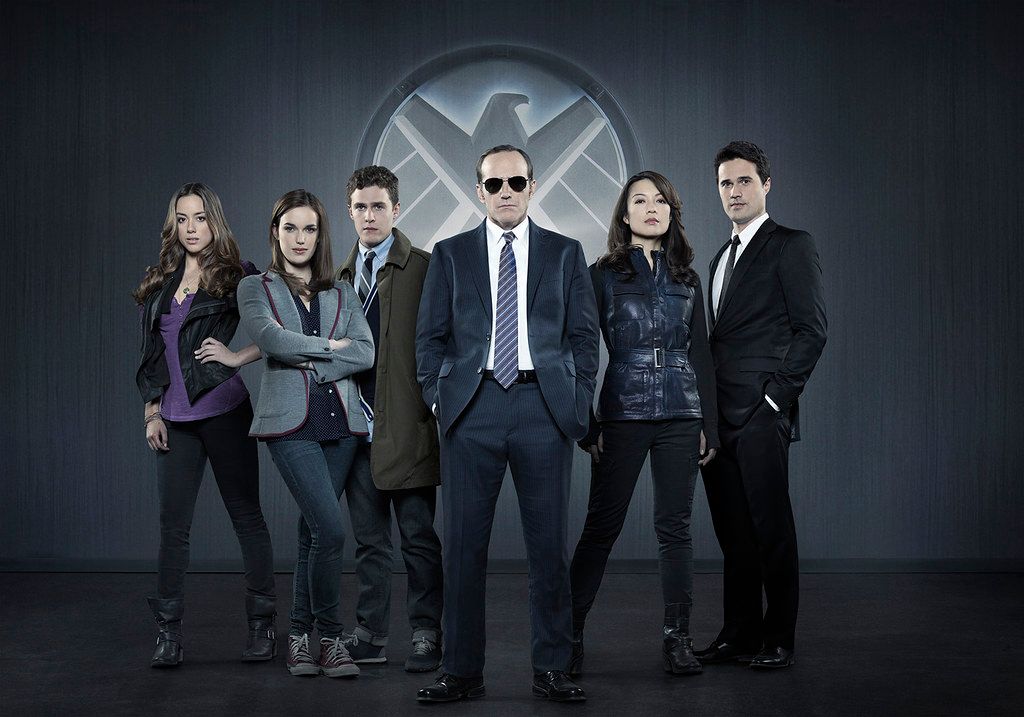
9. The Evolving ‘Saga’ Structure: Orchestrating Narrative Arcs
Beyond individual film successes, the Marvel Cinematic Universe’s enduring appeal links to its masterfully orchestrated ‘Saga’ structure, defining expansive, multi-year narrative arcs. This sophisticated approach provides a compelling framework, allowing intricate character development and grand, universe-altering events to build organically towards epic conclusions, unmatched in cinematic history.
The highly successful initial umbrella was “The Infinity Saga,” encompassing Phase One through Three (2008–2019). This meticulously planned saga established foundational heroes, expanded the universe, and culminated in what Joe Russo termed the “deconstruction Phase,” leading into *Avengers: Infinity War* and *Avengers: Endgame*. *Endgame* delivered “a definitive end” to preceding storylines, marking a distinct watershed Feige described as “two distinct periods: Everything before [Endgame] and everything after.”
Following this monumental conclusion, Marvel Studios launched “The Multiverse Saga,” comprising Phase Four through Six (2021–2027). This new saga signals a fresh narrative direction, introducing new characters and exploring complex cosmic concepts, while building upon the established universe. Films for this era were intentionally designed to differ from “The Infinity Saga” entries, ensuring continuous evolution. Looking further ahead, the next saga is “expected to center on characters that Marvel Studios inherited during the acquisition of 21st Century Fox by Disney, including the X-Men,” continuing this long-term narrative commitment.

10. The Disney+ Expansion: Deepening Universe Integration
A pivotal strategic evolution for the MCU is its significant expansion onto Disney+, marking a deliberate effort to deepen universe integration and offer intricate storytelling opportunities. This move allows Marvel Studios to explore character backstories, introduce new heroes, and develop complex plotlines that might not suit the traditional film format, creating a richer, more interwoven narrative for fans.
The Phase Four slate, announced at San Diego Comic-Con, explicitly included not only films but also substantial television event series for Disney+. This commitment was robust, with Phase Four featuring eight series and two specials alongside cinematic releases. This pattern continued into Phase Five, which includes nine seasons of television series, underscoring the platform’s integral role in the MCU’s ongoing narrative.
These Disney+ series are crucial for fleshing out the expansive Marvel universe. They allow granular exploration of characters and events, filling narrative gaps and setting up future cinematic storylines. *Armor Wars*, initially conceived as a Disney+ series, illustrates how these projects extend existing character arcs. Although reworked into a feature film, its origin highlights the streaming platform’s role as fertile ground for complex narratives directly tied to the broader MCU.
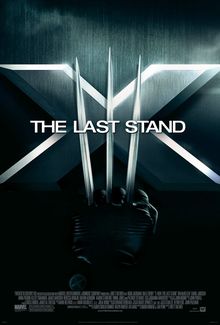
11. Ambitious Future Projects: The X-Men and Beyond
Marvel Studios’ long-term vision extends beyond “The Multiverse Saga,” with ambitious plans shaping future projects to further expand and redefine the Marvel Cinematic Universe. The integration of the X-Men stands out, signaling an entirely new era and a fresh narrative focus that will anchor the MCU for potentially another decade.
Kevin Feige confirmed that after “The Multiverse Saga,” the next overarching MCU saga “expected to center on characters that Marvel Studios inherited during the acquisition of 21st Century Fox by Disney, including the X-Men.” This strategic pivot to an iconic new intellectual property includes a “10-year plan for the X-Men.” Michael Lesslie is confirmed as writer and Jake Schreier slated to direct an X-Men film, which Feige stated would feature a “recast,” “youth-oriented, focused and cast movie” team following the “reset” of the MCU in *Secret Wars*.
Beyond the X-Men, several other significant projects are in development. *Armor Wars*, reworked into a feature film, stars Don Cheadle. *Black Panther 3* is confirmed with Ryan Coogler directing, while Mahershala Ali remains attached to the *Blade* film. A *Shang-Chi* sequel is also planned. Disney has additional release dates for unannounced films extending into 2027 and 2028, underscoring Marvel’s multi-faceted future.
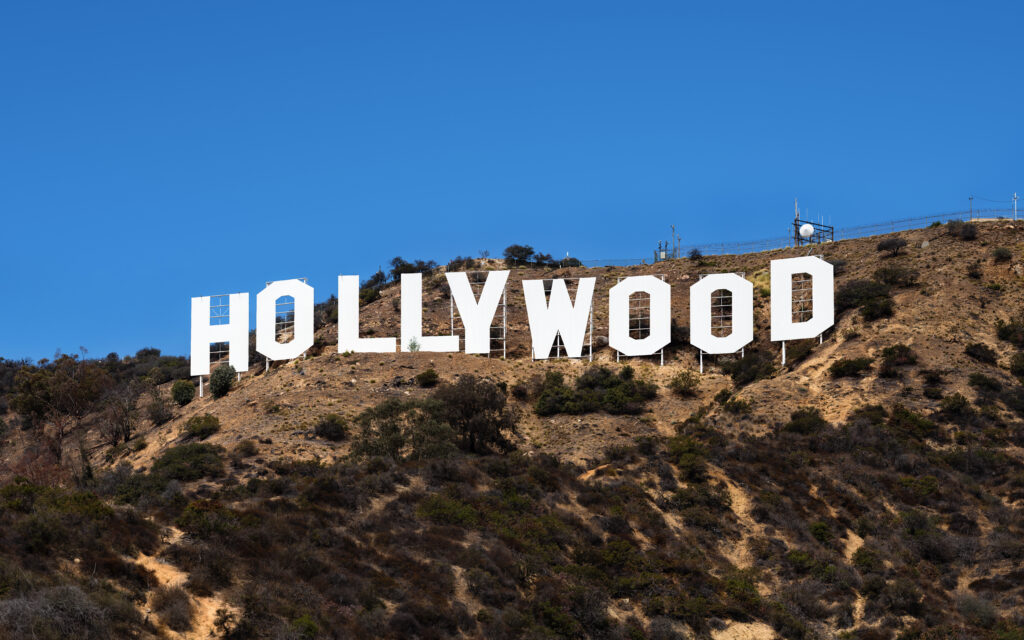
12. Marvel’s Enduring Legacy: A Blueprint for Hollywood’s Future
The Marvel Cinematic Universe has solidified its place as the highest-grossing film franchise and an unparalleled blueprint for cinematic universe building. Its monumental achievement transcends box office; it is the culmination of an audacious, long-term strategic vision redefining how studios approach franchise development, talent engagement, and sustained narrative continuity. The “secret contract” tying its stars is less about restrictive clauses and more about a mutually beneficial ecosystem built on shared vision.
At its core, Marvel Studios has masterfully engineered a unique operational ecosystem for enduring continuity and sustained creative output. This structural integrity, characterized by meticulous planning, strategic partnerships, and adaptive production strategies, has allowed for a universe where characters and stories evolve over decades. From Kevin Feige’s foundational vision and innovative phased sagas to astute distribution management and recurring, beloved cast, every element fosters prolonged talent involvement.
This analysis of Marvel Studios’ blueprint reveals a studio constantly innovating: optimizing budgets, diversifying filming locations, balancing sequels with new franchises, and expanding its narrative onto Disney+. Ambitious plans for integrating X-Men, coupled with foresight mapping cinematic futures years in advance, underscore confidence and strategic intent rarely witnessed. Marvel’s enduring legacy is not just about its stories, but the innovative framework built, whose influence will continue to reverberate across Hollywood’s future as a dynamic model for decades.


